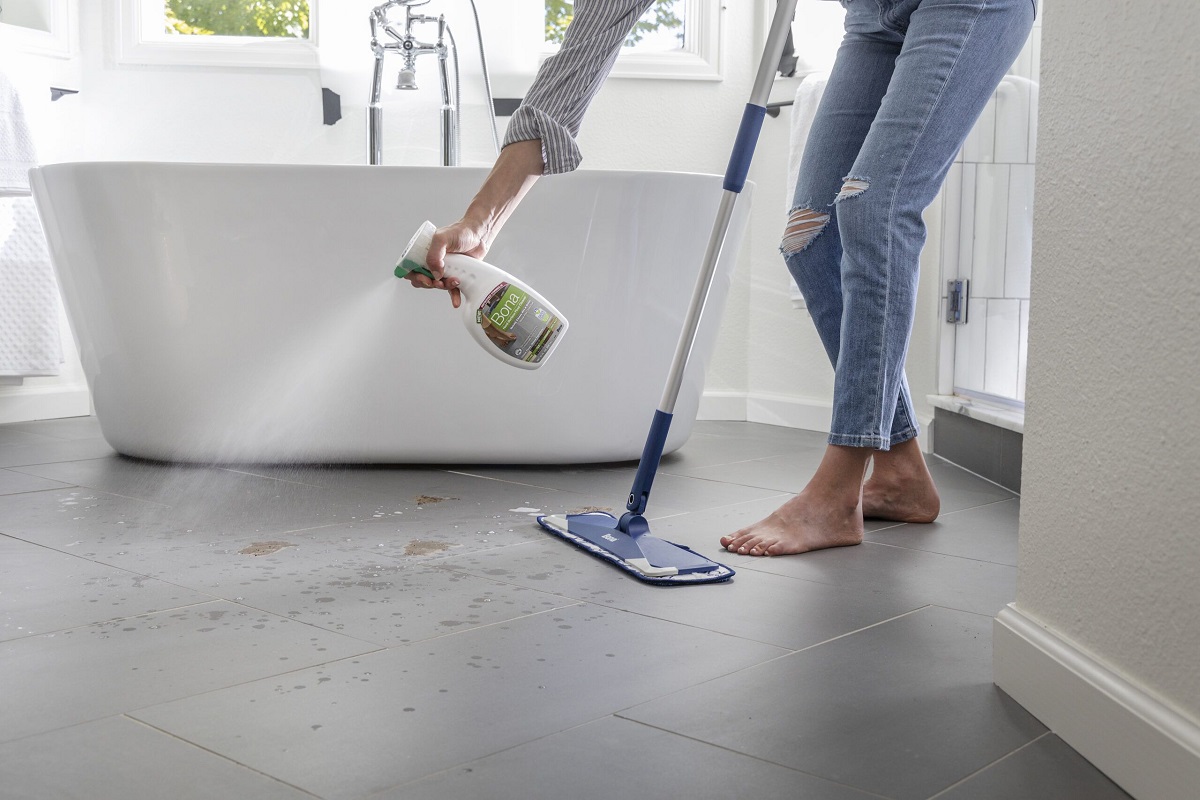

Articles
How To Remove Stain On Tile Floor
Modified: December 7, 2023
Learn effective techniques and tips to remove stubborn stains on tile floors with our informative articles. Say goodbye to unsightly marks and bring back the luster to your tiles.
(Many of the links in this article redirect to a specific reviewed product. Your purchase of these products through affiliate links helps to generate commission for Storables.com, at no extra cost. Learn more)
Introduction
Tiles are a popular choice for flooring due to their durability, versatility, and aesthetic appeal. However, over time, tile floors can become stained and lose their shine. Stains can be caused by various factors such as spills, dirt, grease, and everyday wear and tear. If left untreated, stains on tile floors can be unsightly and difficult to remove.
In this article, we will explore effective methods for removing stains from different types of tile floors. Whether you have ceramic, porcelain, stone, or grout stains, we’ve got you covered. We’ll also share some valuable tips for preventing future stains and keeping your tile floors looking pristine.
So, let’s roll up our sleeves and get ready to restore the beauty of your tile floors!
Key Takeaways:
- Effective stain removal for ceramic, porcelain, and stone tiles involves gentle yet powerful methods using common household items like baking soda, lemon juice, and hydrogen peroxide. Prevent future stains with regular maintenance and protective measures.
- Grout stains can be tackled with homemade cleaners and commercial products, while preventive measures such as prompt spill cleanup, regular sealing, and avoiding harsh substances are essential for maintaining pristine tile floors.
Read more: How To Remove Shower Floor Tile
Materials Needed
Before we dive into the process of removing stains from tile floors, let’s gather the necessary materials. Here’s what you’ll need:
- Protective gloves
- Protective eyewear
- Dustpan and broom
- Mild detergent or tile cleaner
- Hot water
- Soft bristle brush
- White vinegar
- Lemon juice
- Baking soda
- Hydrogen peroxide
- Ammonia
- Microfiber cloth
- Bucket
- Mop
- Sealant (for stone tiles)
Having these materials handy will ensure that you’re well-prepared to tackle any type of stain on your tile floors.
Preparing the Tile Floor
Before you start the stain removal process, it’s important to properly prepare the tile floor. Follow these steps to ensure the best results:
- Clear the area: Remove any furniture or objects from the tile floor to have full access to the stained area.
- Sweep or vacuum: Use a dustpan and broom or a vacuum cleaner to remove any loose dirt, debris, or crumbs from the tile surface. This will prevent additional scratching and help the stain removal process.
- Protect yourself: Wear protective gloves and eyewear to shield your hands and eyes from any chemicals or cleaning solutions you’ll be using.
By taking these steps, you’ll create a clean and safe working environment for effectively removing stains from your tile floor.
Removing Stains from Ceramic Tiles
Ceramic tiles are a popular choice for flooring due to their durability and easy maintenance. However, they are prone to stains, especially when exposed to spills and dirt. Here’s how you can remove stains from ceramic tiles:
- Prepare a cleaning solution: In a bucket, mix a mild detergent or a tile cleaner with hot water according to the product instructions. Make sure to use a cleaner that is safe for use on ceramic tiles.
- Apply the cleaning solution: Dip a soft bristle brush or a mop into the cleaning solution and apply it directly to the stained area. Gently scrub the stain in a circular motion, applying light pressure.
- Rinse with water: After scrubbing, rinse the area with clean water to remove any residue from the cleaning solution. Use a mop or sponge to thoroughly rinse the tile surface.
- Repeat if necessary: If the stain persists, repeat the process or try using a mixture of equal parts water and white vinegar. The acidity of vinegar helps to dissolve stubborn stains.
- Dry the area: Once the stain is removed, dry the ceramic tiles with a clean microfiber cloth or allow them to air dry.
Remember to always test any cleaning solution on a small, inconspicuous area of the ceramic tile to ensure it does not cause any damage or discoloration. Additionally, avoid using abrasive cleaners or tools that can scratch the surface of the tiles.
Following these steps should help you successfully remove stains from ceramic tiles and restore their original shine and beauty.
Removing Stains from Porcelain Tiles
Porcelain tiles are known for their durability and resistance to stains, making them a popular choice for high-traffic areas. However, even with their stain-resistant properties, porcelain tiles can still develop stains over time. Here’s how you can remove stains from porcelain tiles:
- Create a paste: In a small bowl, mix equal parts lemon juice and baking soda to create a paste. The acidity of the lemon juice helps to break down stains, while baking soda acts as a gentle abrasive.
- Apply the paste: Using a soft bristle brush or a sponge, apply the paste directly onto the stained area of the porcelain tile. Gently scrub the stain in a circular motion, focusing on the affected area.
- Let it sit: Allow the paste to sit on the stain for about 10-15 minutes. This gives the lemon juice and baking soda time to work their magic and lift the stain from the surface of the tile.
- Scrub and rinse: After the paste has had time to work, scrub the stained area once again using the brush or sponge. Rinse the tile with clean water to remove any residue from the paste.
- Repeat if needed: For tougher stains, you may need to repeat the process or use a commercial porcelain tile cleaner. Follow the instructions on the cleaner and test it on a small, inconspicuous area of the tile before applying it to the stain.
- Dry the tile: Once the stain is removed, dry the porcelain tile with a clean microfiber cloth or allow it to air dry.
It’s important to note that certain substances, such as ink or dye, may require a different approach or stronger cleaning solutions. If you encounter stubborn stains on your porcelain tiles, consider consulting a professional to avoid causing damage to the surface of the tile.
By following these steps and using gentle cleaning methods, you can effectively remove stains from porcelain tiles and maintain their beautiful appearance for years to come.
Mix baking soda with water to form a paste. Apply it to the stained area and let it sit for 5-10 minutes. Scrub with a brush and rinse with water. Repeat if necessary.
Read more: How To Remove Asbestos Tile Floor
Removing Stains from Stone Tiles
Stone tiles, such as marble, granite, and travertine, can add elegance and sophistication to any space. However, due to their porous nature, stone tiles are more susceptible to stains. Here’s how you can remove stains from stone tiles:
- Identify the type of stain: Before beginning the stain removal process, it’s important to identify the type of stain you’re dealing with. Common types of stains on stone tiles include oil-based stains, rust stains, and organic stains like food or wine.
- Choose the appropriate stain remover: Depending on the type of stain, there are different methods and cleaning solutions you can use. For oil-based stains, apply a poultice made of powdered hydrogen peroxide and a few drops of ammonia. For rust stains, use a commercial rust remover specifically designed for stone surfaces.
- Prepare the poultice: If using a poultice, mix the powdered hydrogen peroxide and ammonia in a small bowl until it forms a paste-like consistency. Adjust the proportions as needed to achieve the right consistency.
- Apply the poultice: Using a spatula or a plastic scraper, apply a thick layer of the poultice directly onto the stain. Make sure to cover the entire stained area and allow the poultice to sit for the recommended time, usually overnight or up to 24 hours.
- Remove the poultice: After the designated time has passed, carefully scrape off the poultice with a plastic scraper or spatula. Rinse the area with clean water and gently rub the stain with a soft cloth or sponge.
- Repeat if necessary: For stubborn stains, you may need to repeat the poultice application process. Multiple applications may be required to completely remove the stain.
- Seal the stone tiles: Once the stain is removed, it’s important to seal the stone tiles to prevent future staining. Choose a high-quality stone sealer and apply it according to the manufacturer’s instructions.
It’s worth mentioning that different types of stone may require specific cleaning methods and solutions. Therefore, it’s crucial to research and consult with professionals if you’re uncertain about the proper stain removal techniques for your specific type of stone tile.
By using suitable stain removers and taking proper precautions, you can effectively remove stains from stone tiles and safeguard their natural beauty.
Removing Stains from Grout
Grout is the material used to fill the spaces between tiles, and it can easily trap dirt, grime, and stains over time. Here’s how you can remove stains from grout:
- Create a homemade grout cleaner: In a small bowl, mix equal parts water and baking soda to form a paste. Baking soda is a powerful natural cleaner that can lift stains and brighten grout.
- Apply the paste to the grout: Using a small brush or an old toothbrush, apply the paste directly onto the stained grout. Make sure to cover the entire stained area.
- Scrub the grout: Gently scrub the grout in a back-and-forth motion using the brush or toothbrush. Apply a bit of pressure to loosen and lift the stain from the grout surface.
- Rinse the area: Use a damp cloth or sponge to wipe away the paste from the grout. Rinse the area with clean water to remove any residue.
- Consider using commercial grout cleaners: If the homemade paste doesn’t fully remove the stain, you can try a commercial grout cleaner. Follow the instructions on the cleaner’s label and test it on a small, inconspicuous area of the grout before applying it to the stain.
- Prevent future staining: To prevent future staining, consider applying a grout sealer to protect the grout lines. This will create a barrier against dirt, spills, and stains.
- Maintain regular cleaning: To keep your grout looking clean and stain-free, it’s important to establish a regular cleaning routine. Regularly sweep or vacuum the tile floor to remove any surface dirt or debris that can settle into the grout.
If you’re dealing with stubborn or deeply ingrained stains on your grout, you may need to explore more intensive cleaning methods or seek professional assistance. They have specialized tools and techniques to tackle tough grout stains.
By using simple homemade cleaners and maintaining regular cleaning practices, you can effectively remove stains from grout and keep your tile floors looking fresh and beautiful.
Tips for Preventing Stains on Tile Floors
Prevention is key when it comes to keeping your tile floors stain-free and looking their best. Here are some tips to help you prevent stains on your tile floors:
- Wipe up spills immediately: Accidents happen, but it’s important to clean up spills as soon as they occur. Promptly wiping up spills prevents them from seeping into the tile or grout and causing stains.
- Use doormats or rugs: Place doormats or rugs at entrances and high-traffic areas to trap dirt, dust, and debris. This will prevent them from being tracked onto your tile floors and causing stains.
- Regularly sweep or vacuum: Regularly sweep or vacuum your tile floors to remove loose dirt, dust, and debris that can lead to stains. This simple routine can make a big difference in maintaining the cleanliness of your floors.
- Use a pH-neutral cleaner: When cleaning your tile floors, use a pH-neutral cleaner that is specifically designed for tile surfaces. Harsh chemicals can damage the tiles and potentially lead to discoloration or staining.
- Avoid abrasive tools: Avoid using abrasive tools such as steel wool or abrasive cleaning pads on your tile floors. These tools can scratch the surface of the tiles and make them more prone to staining.
- Regularly seal grout lines: If you have grout lines between your tiles, it’s essential to regularly apply a grout sealer to protect them from stains and dirt. Follow the manufacturer’s instructions for the frequency of resealing.
- Use coasters and mats under furniture: Place coasters under cups, glasses, and hot pots to prevent potential stains from spills or heat. Use protective mats or pads under heavy furniture to prevent scratching or staining of the tiles.
- Avoid exposing tiles to harsh substances: Be cautious about using strong chemicals or substances that can cause stains or damage to your tile floors. This includes bleach, ammonia, and harsh solvents.
- Regularly maintain and inspect your tile floors: Take the time to inspect your tile floors on a regular basis for any signs of stains, cracks, or damage. Addressing any issues promptly can help prevent further damage and staining.
By following these preventive measures, you can significantly reduce the chances of stains on your tile floors and keep them looking beautiful and pristine for years to come.
Conclusion
Keeping your tile floors free from stains is essential to maintaining their beauty and longevity. Whether you have ceramic, porcelain, stone, or grout stains, there are effective methods for removing them and preventing future staining.
By following the appropriate cleaning techniques and using the right materials, you can successfully remove stains from your tile floors. From creating homemade cleaners to using commercial stain removers, there are various approaches you can take depending on the type of tile and the nature of the stain.
Additionally, implementing preventive measures is crucial for avoiding stains altogether. Promptly cleaning up spills, using doormats or rugs, regular sweeping, and using pH-neutral cleaners are simple yet effective ways to prevent stains. Sealing grout lines, protecting the tiles from harsh substances, and regular maintenance will further contribute to the longevity and beauty of your tile floors.
Remember to consider the specific characteristics and requirements of your tile type when selecting cleaning methods and products. If you’re unsure or dealing with stubborn stains, it’s always a good idea to consult with professionals who can provide expert advice.
By implementing these tips and techniques, you can keep your tile floors looking pristine and stain-free for years to come. Enjoy the beauty and durability of your tile floors with the knowledge that you can easily tackle any stain that comes your way.
Frequently Asked Questions about How To Remove Stain On Tile Floor
Was this page helpful?
At Storables.com, we guarantee accurate and reliable information. Our content, validated by Expert Board Contributors, is crafted following stringent Editorial Policies. We're committed to providing you with well-researched, expert-backed insights for all your informational needs.
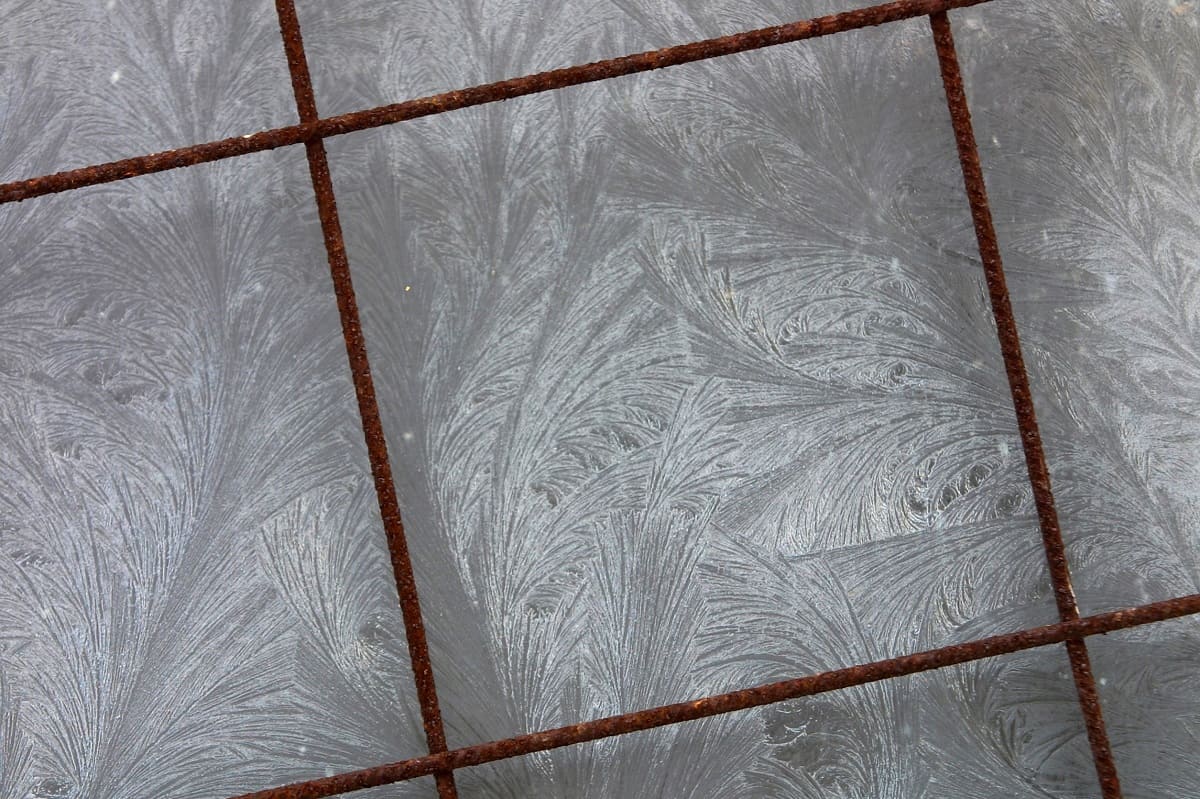
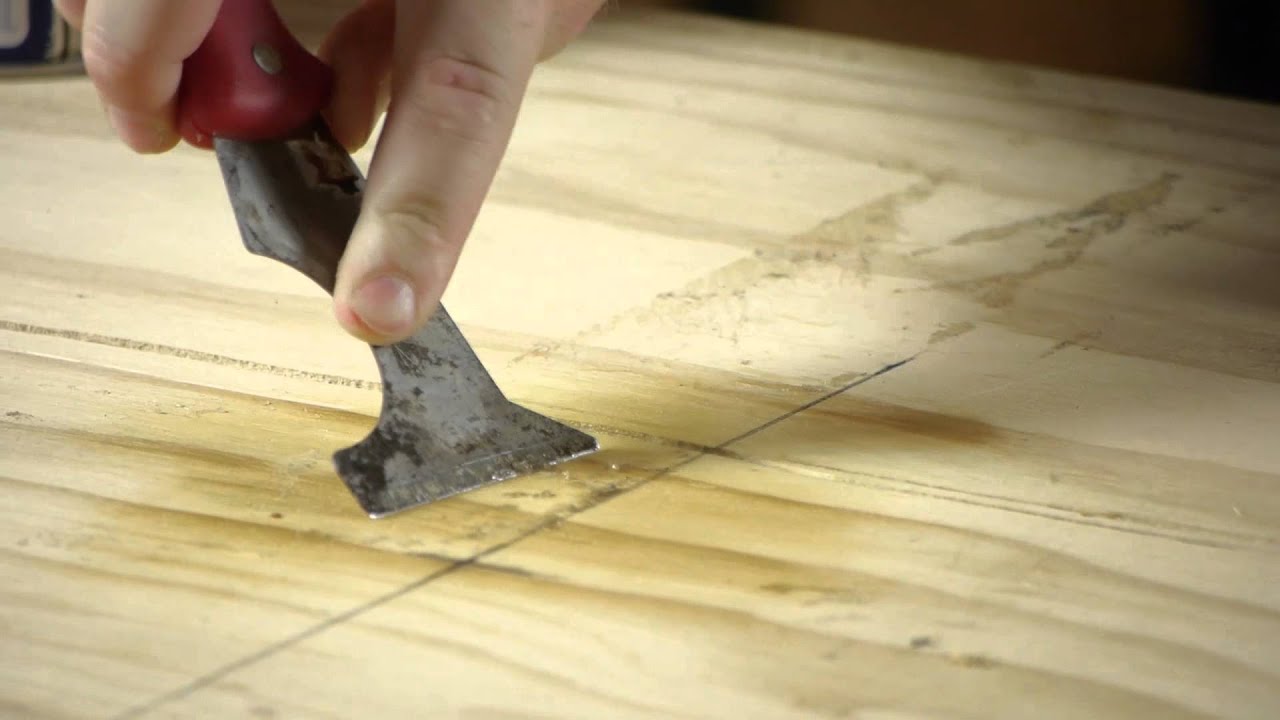
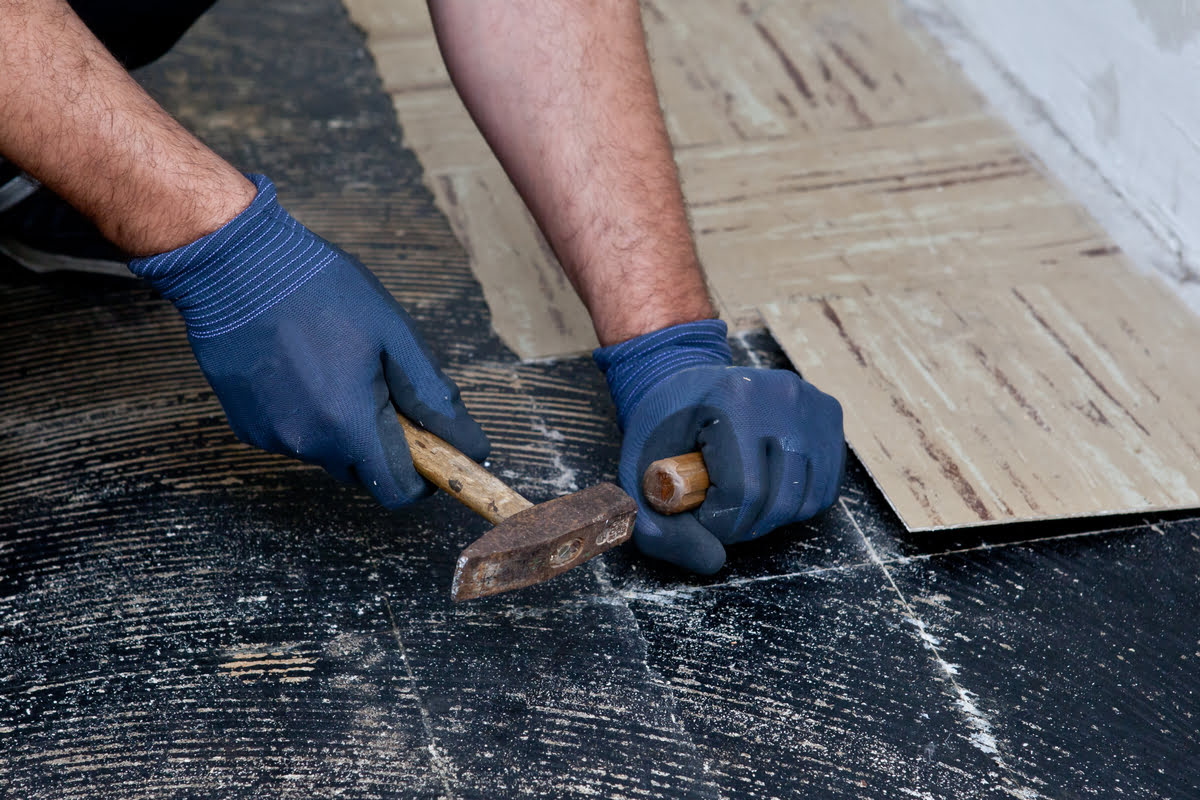
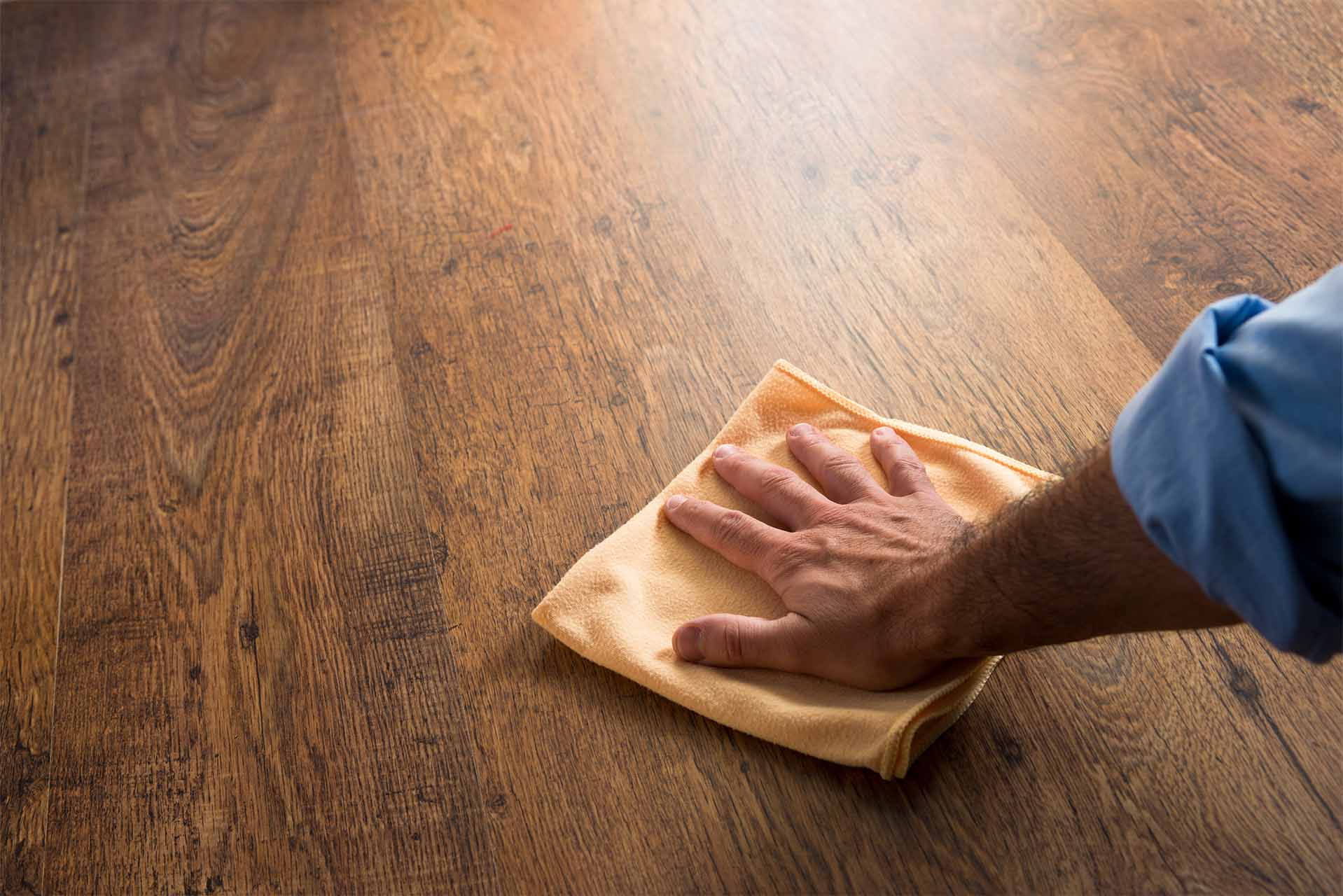
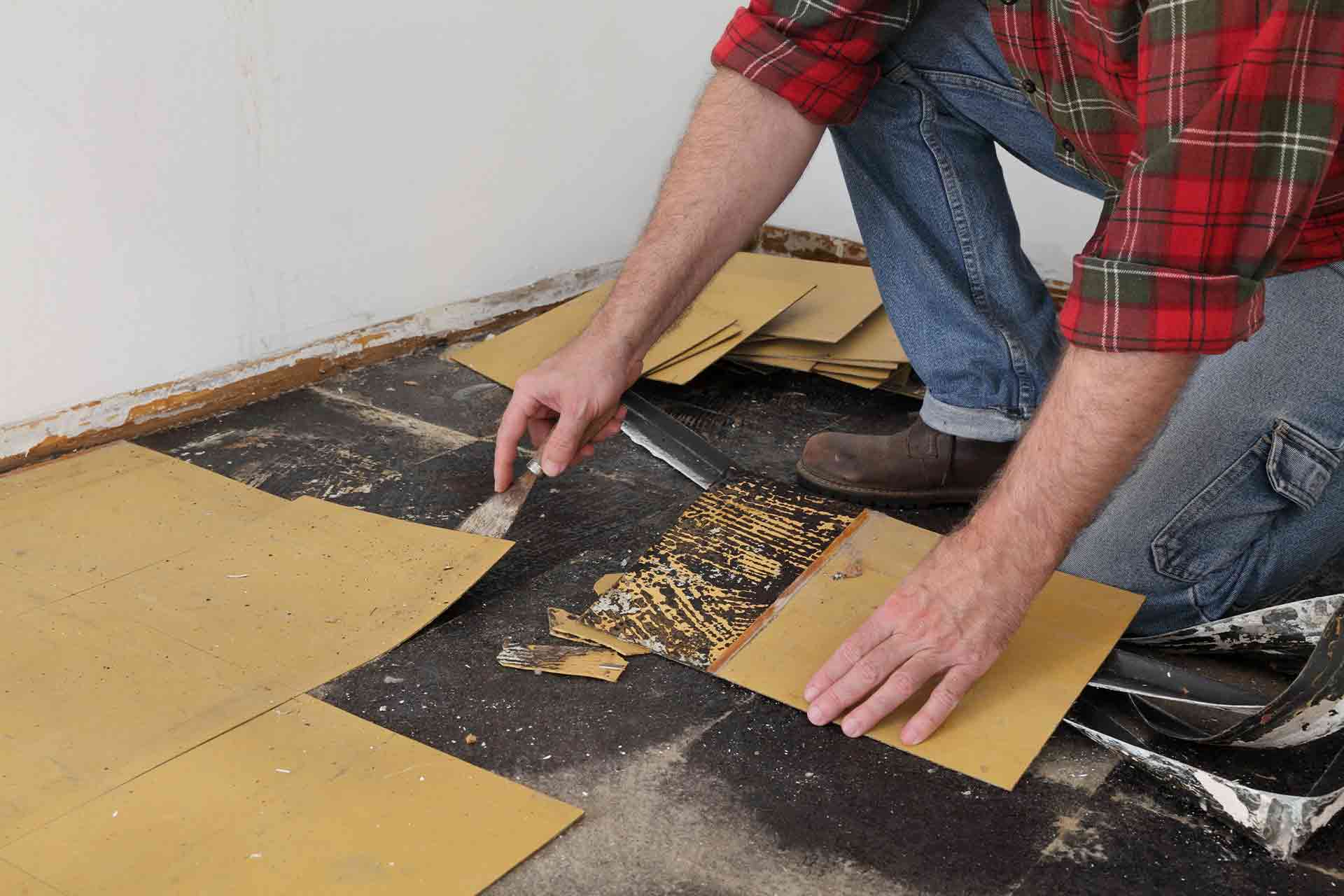
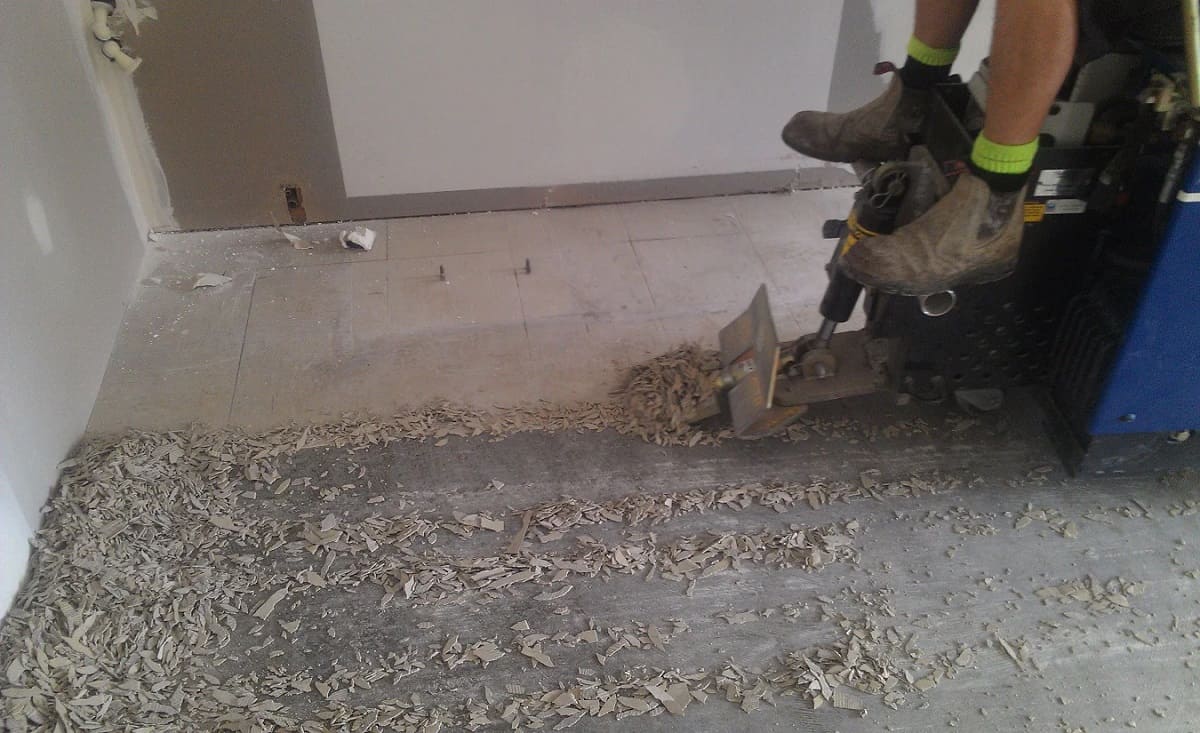
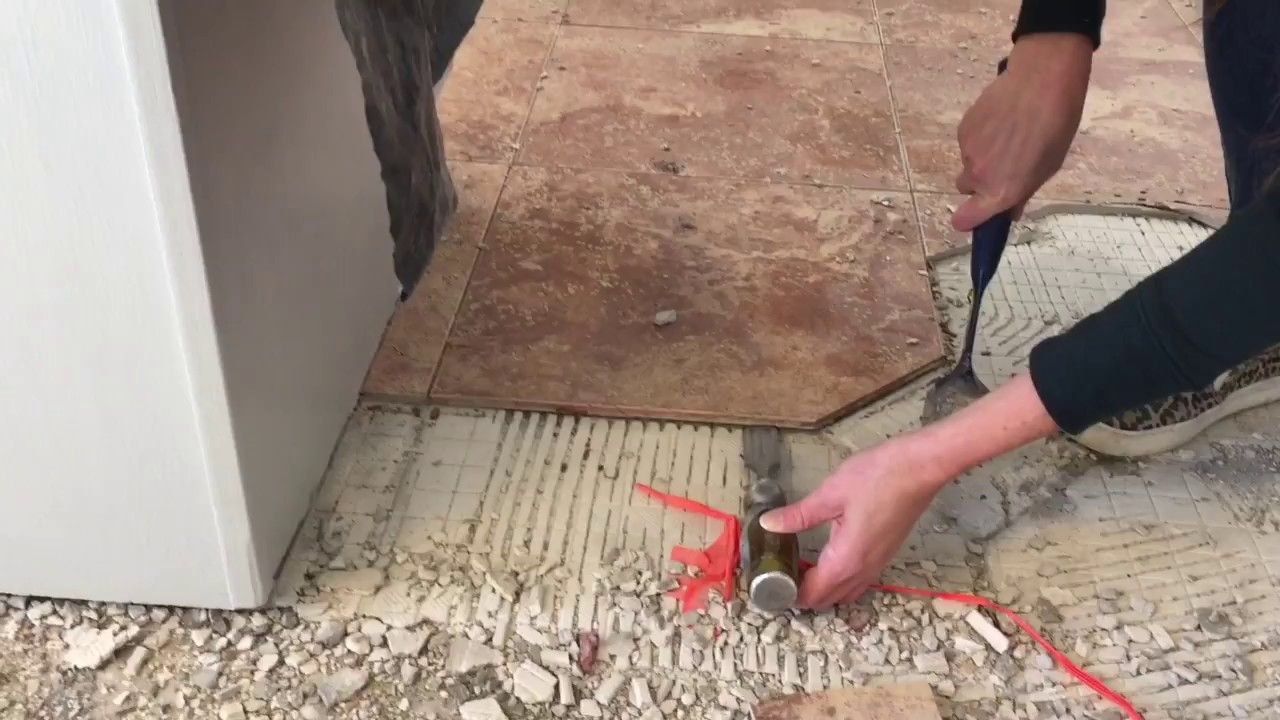
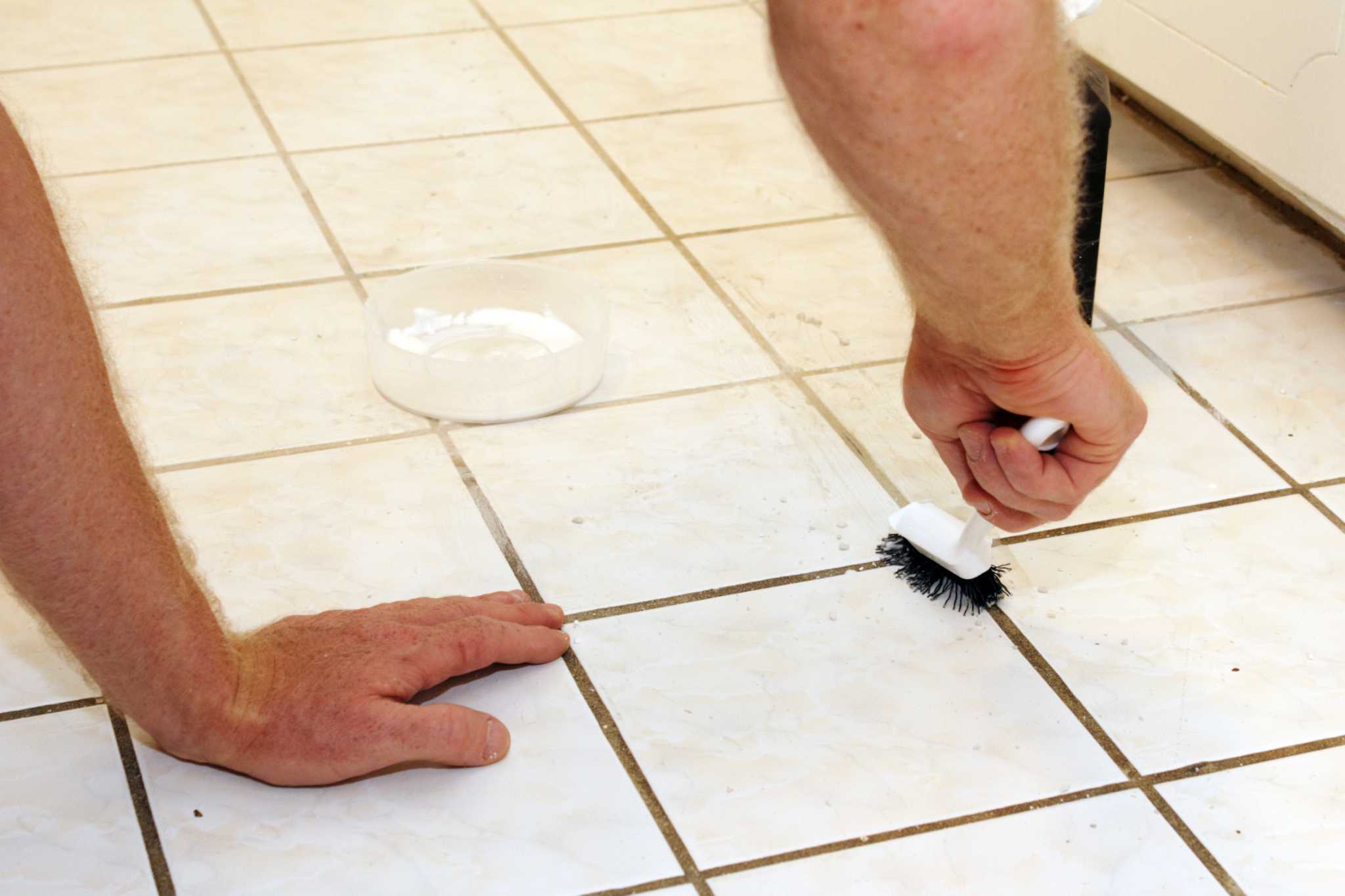
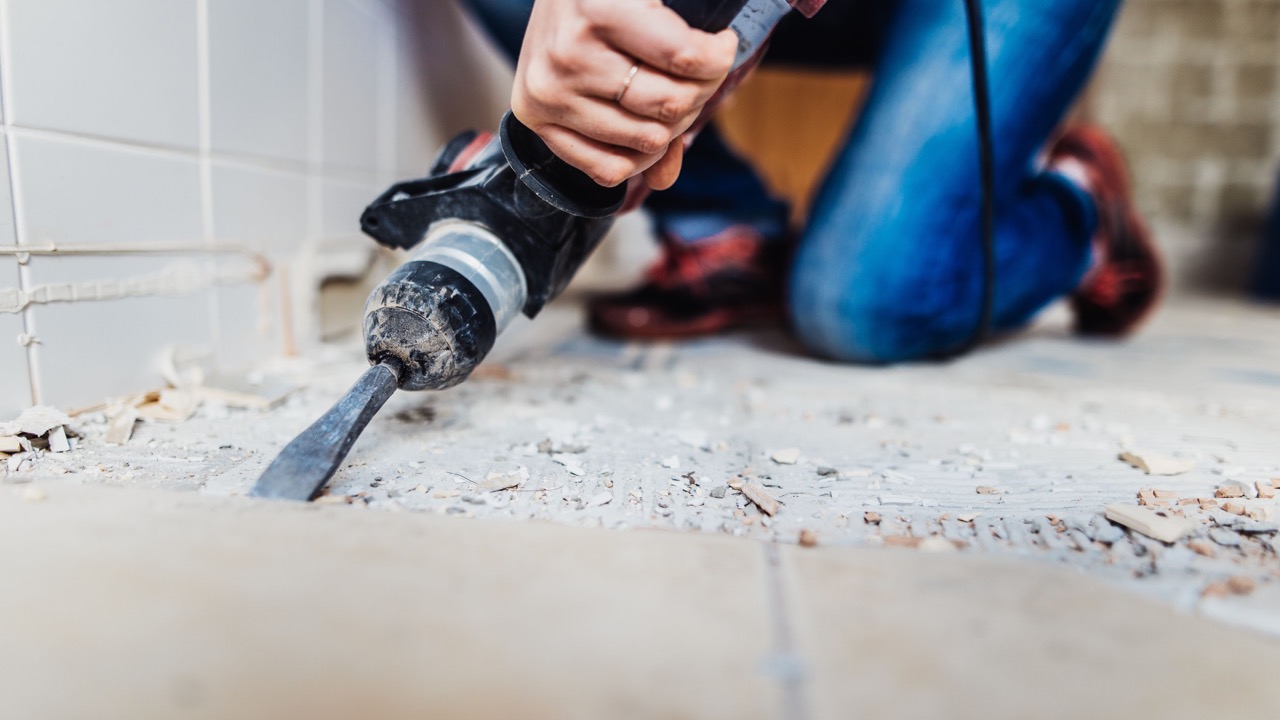
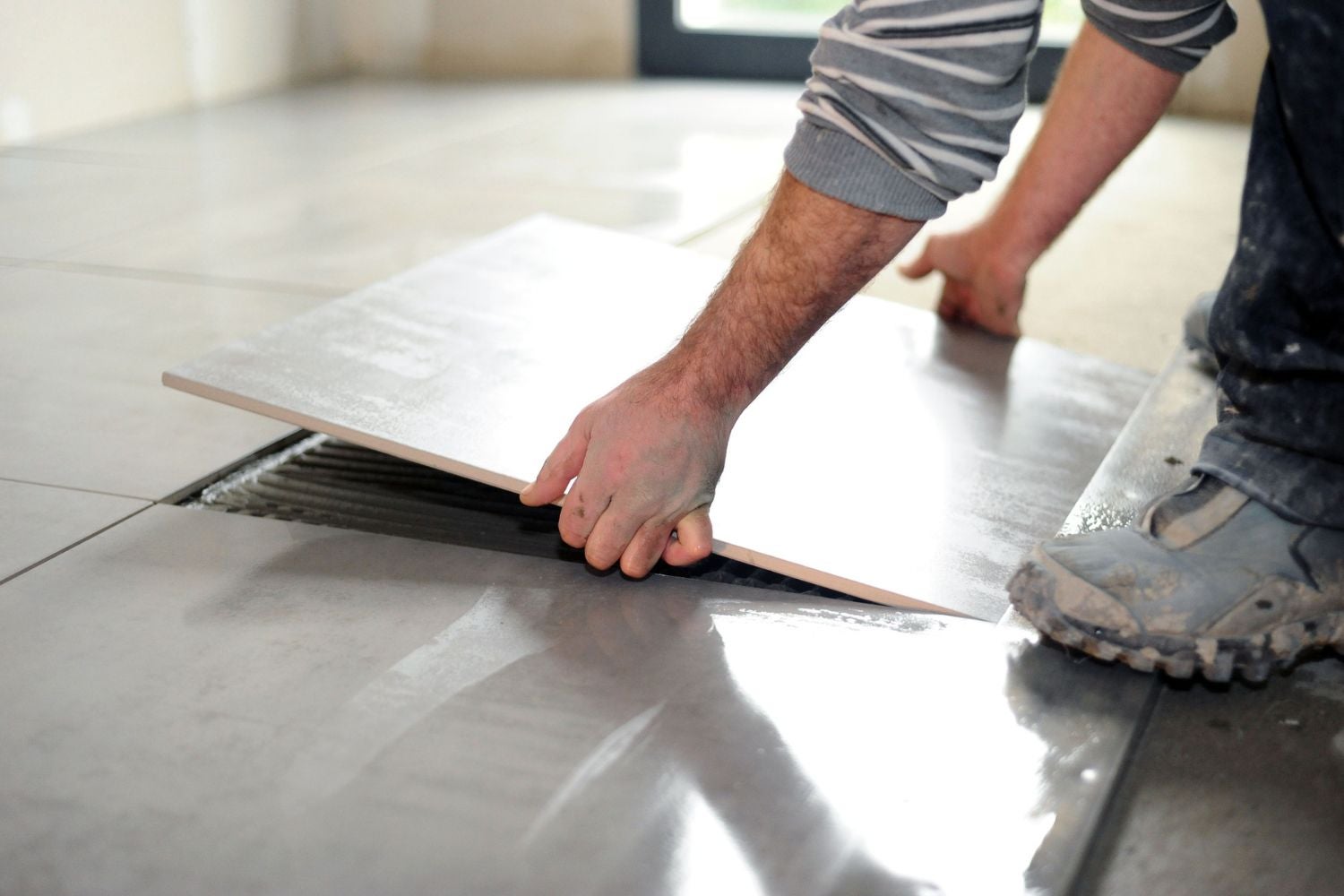
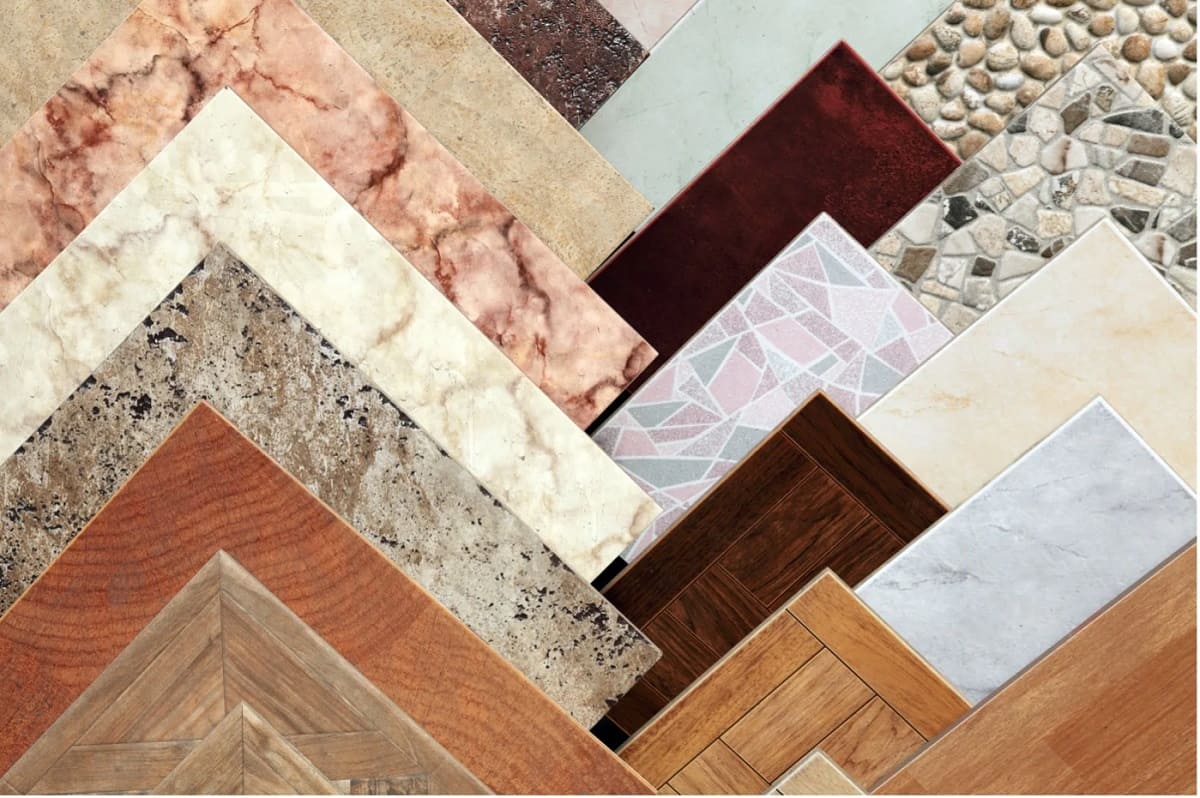
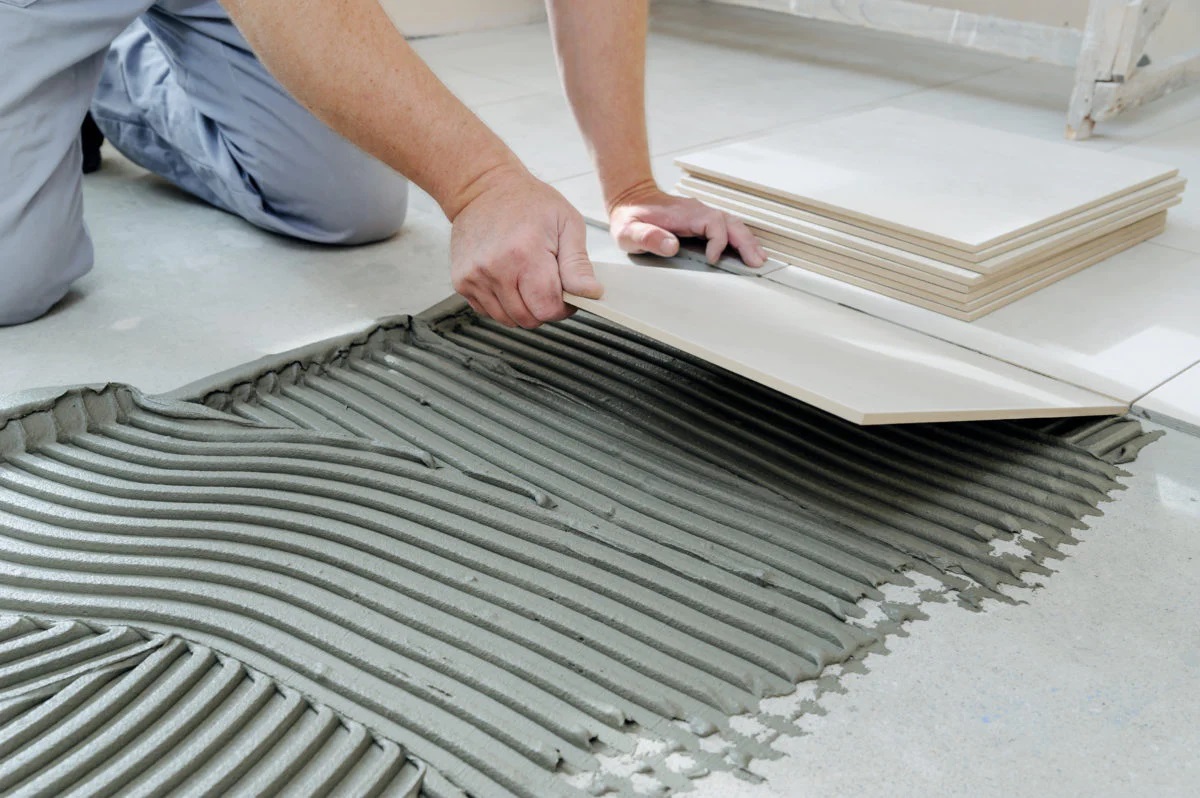
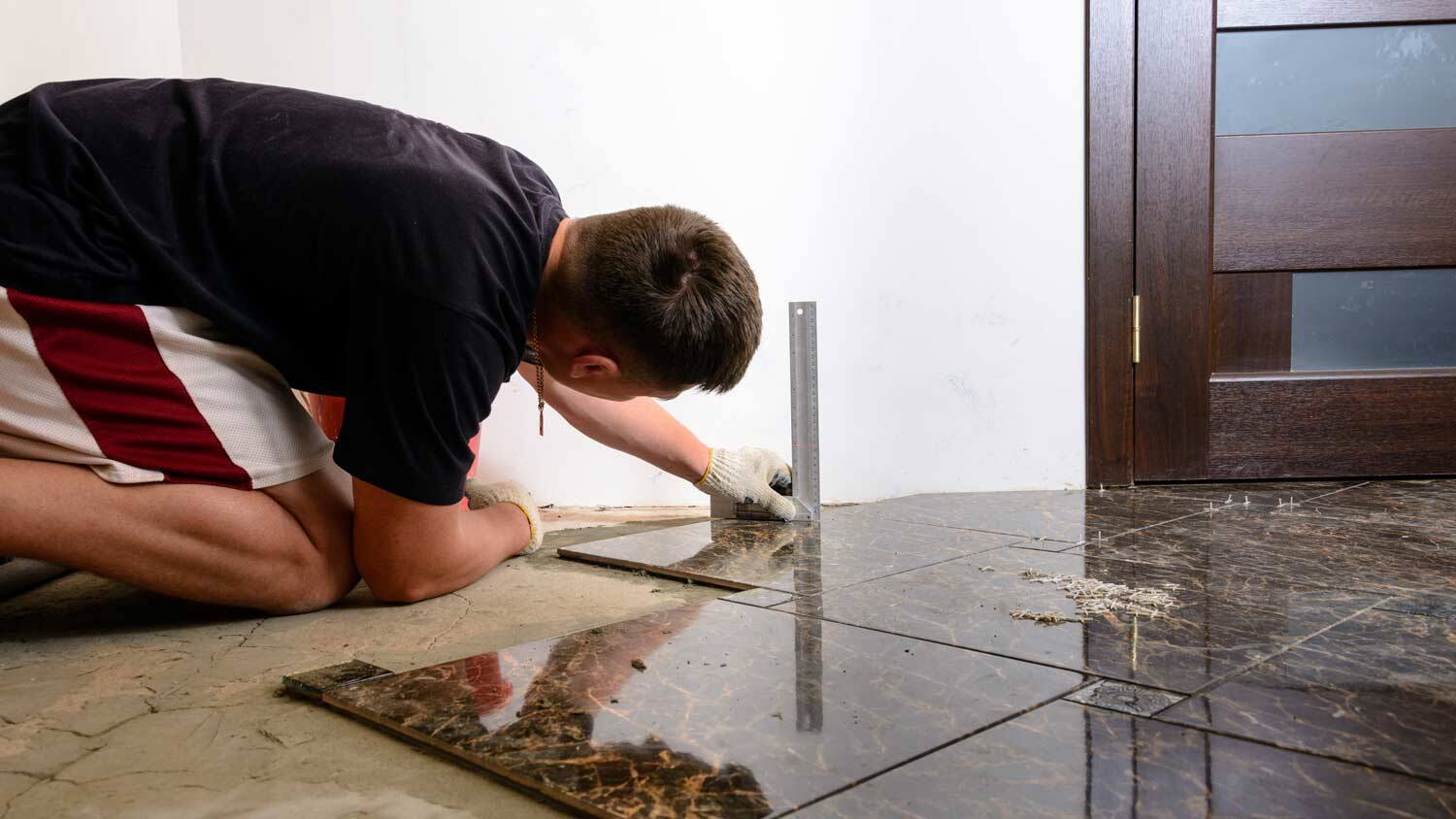
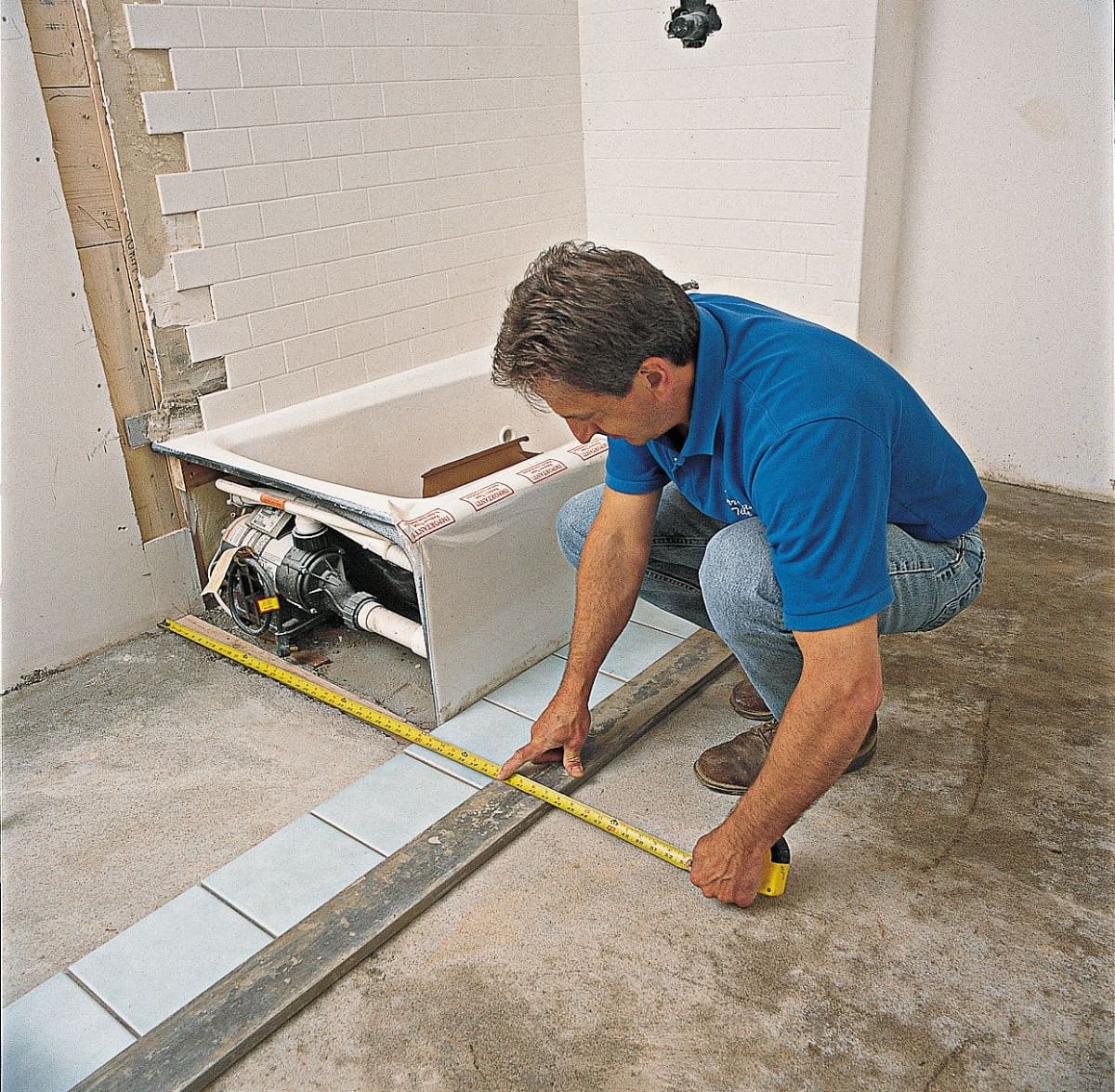

0 thoughts on “How To Remove Stain On Tile Floor”